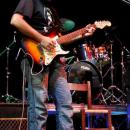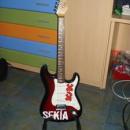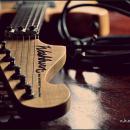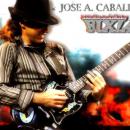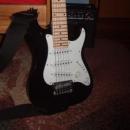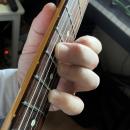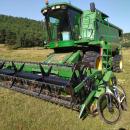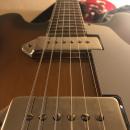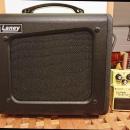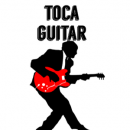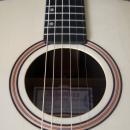A ver......aquí algunos confunden insonorizar con acondicionar acústicamente, vamos a explicarlo:
Insonorizar una habitación es aislarla de tal manera que en el exterior no tengamos ruidos y no molestemos a los vecinos.
Se puede insonorizar una habitación de muchas maneras, pero hay que hacer una inversión, si lo haces tú mismo no te costará mucho, si te lo tiene que hacer alguien tienes que preparar la billetera......
Para insonorizxar una habitación hay que tener en cuenta tres zonas de la misma: las paredes, el techo y el suelo.
Si tienes la habitación ya hecha, basta con "cubrir" las paredes con Pladur y meter entre los montantes unas placas de aislante acústico que absorveran la mayor parte del ruido, por lo que al llegar al tabique de ladrillo original el ruido es mínimo ya que ha atravesado una placa de pladur y un aislante acústico.
Paa el suelo lo mejor es instalar una tarima flotante, debajo de la cual habremos metido una capa de aislante acústico.
Por último, en el techo habría que instalar un falso techo (ya sea fijo o desmontable) cubierto por encima con material aislante acústico.
Para las paredes también es válida la opción de la madera (como en pisotones), aunque es más cara........
Acondicionar acústicamente: Con el acondicionamiento acústico nos referimos al hecho de preparar una habitación de tal manera que el sonido sea óptimo en el interior de la misma, por lo que no tiene nada que ver con la insonorización que sólo se ocupa de que no se escuche nada en el exterior.
Normalmente queremos evitar reverberaciones en la habitación y para eso hay muchas maneras de hacerlo: enmoquetar, los famosos cartones de huevos, material de acondicionamiento acústico (a la hora de instalar el falso techo para la insonorización hay unas placas que cumplen con las dos funciones de insonorización y a la vez son absorbentes acústicos, lo cual elimina reverberaciones).......hay muchos materiales disponibles en ese sentido.
Salu2.
Insonorizar una habitación es aislarla de tal manera que en el exterior no tengamos ruidos y no molestemos a los vecinos.
Se puede insonorizar una habitación de muchas maneras, pero hay que hacer una inversión, si lo haces tú mismo no te costará mucho, si te lo tiene que hacer alguien tienes que preparar la billetera......
Para insonorizxar una habitación hay que tener en cuenta tres zonas de la misma: las paredes, el techo y el suelo.
Si tienes la habitación ya hecha, basta con "cubrir" las paredes con Pladur y meter entre los montantes unas placas de aislante acústico que absorveran la mayor parte del ruido, por lo que al llegar al tabique de ladrillo original el ruido es mínimo ya que ha atravesado una placa de pladur y un aislante acústico.
Paa el suelo lo mejor es instalar una tarima flotante, debajo de la cual habremos metido una capa de aislante acústico.
Por último, en el techo habría que instalar un falso techo (ya sea fijo o desmontable) cubierto por encima con material aislante acústico.
Para las paredes también es válida la opción de la madera (como en pisotones), aunque es más cara........
Acondicionar acústicamente: Con el acondicionamiento acústico nos referimos al hecho de preparar una habitación de tal manera que el sonido sea óptimo en el interior de la misma, por lo que no tiene nada que ver con la insonorización que sólo se ocupa de que no se escuche nada en el exterior.
Normalmente queremos evitar reverberaciones en la habitación y para eso hay muchas maneras de hacerlo: enmoquetar, los famosos cartones de huevos, material de acondicionamiento acústico (a la hora de instalar el falso techo para la insonorización hay unas placas que cumplen con las dos funciones de insonorización y a la vez son absorbentes acústicos, lo cual elimina reverberaciones).......hay muchos materiales disponibles en ese sentido.
Salu2.

